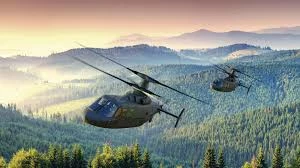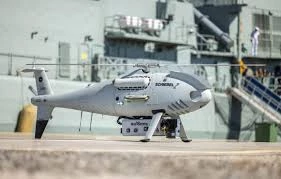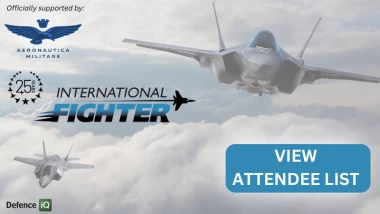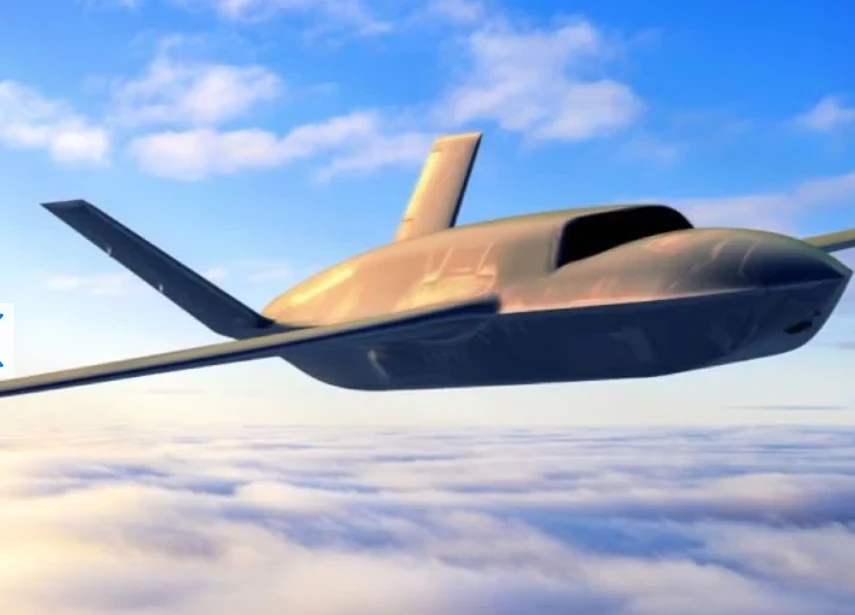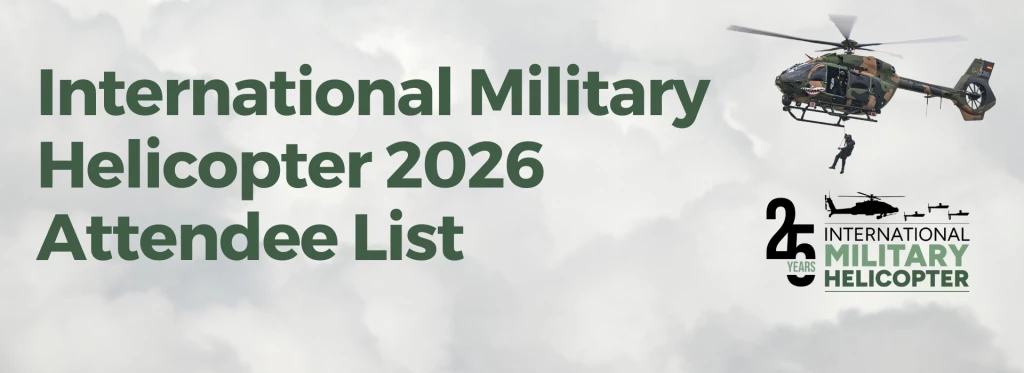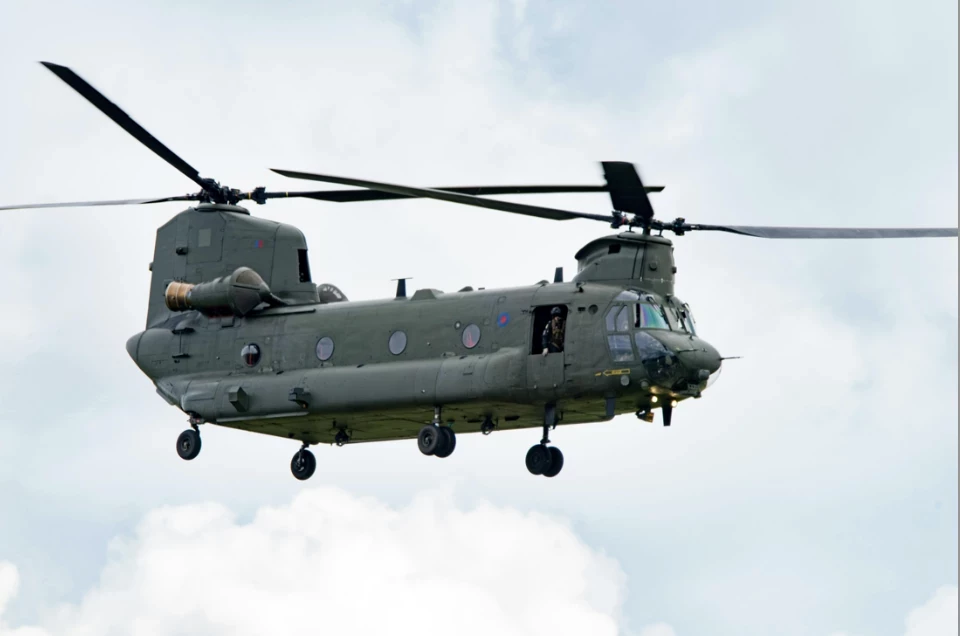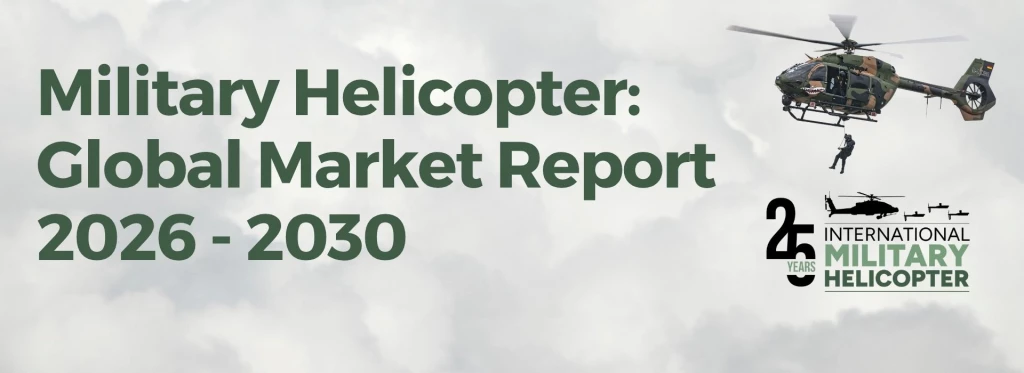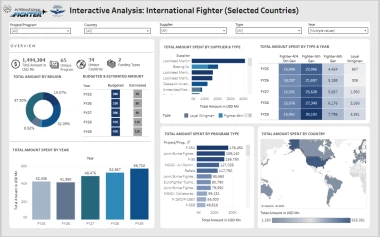Sudan Air Chief talks future acquisitions and domestic developments
Defence IQ had the rare opportunity to talk with Lieutenant General Pilot (PSC) Salah al-Din Abdel-Khalig Saed, Commander of the Sudanese Air Force.
Add bookmarkNew Acquisitions for the Sudanese Air Force
After a long period of isolation, Sudan is now opening up and modernizing its military assets as part of its participation in the Saudi-led coalition ‘Decisive Storm’ over Yemen. The East African nation is still under an arms embargo by the European Union, while the US has eased some of its restrictions. At the same time, Sudan has developed some surprising domestic industrial solutions in the aerospace sector and upcoming acquisitions are likely to come from Russia.
Editors Note: This interview was conducted prior to the 2019 Sudan coup.
RECOMMENDED: What does the MiG-35 bring to air combat?
Defence IQ: It’s an extraordinary opportunity to talk to the ‘Air Chief’ of a well-equipped air force outside of Europe. In fact, Sudan has more operational experience than many European air forces. Let’s start with your career, when did you start flying and how many hours did you accumulate?
Salah al-Din Abdel-Khalig Saed at the Manama Airpower Symposium
Lt Gen. Saed: I started in 1978/79, in Egypt. There I had my initial jet experience on the L-29 Deflin. I was there for several years and know the Egyptians quite well. To this day, I still have friends there. After that, I flew the MiG-15, MiG- 17, MiG-19, MiG-21 and finally onto MiG-23. In all, I have over 10,000 hours, but I’ve stopped counting! As of February 2018, thanks to our president, I have served as the Air Force Commander.
Defence IQ: You’ve also flown combat missions. Sudan has of course been involved in a number of conflicts, internal and external, with South Sudan and Darfur springing to mind.
Sudan’s SAFAT-03. Image: G. Mader
Lt Gen. Saed: That’s right. I served my country in all these conflicts. The two wars in the south lasted from 1955 to 1972 and then 1983 to 2005. From 2003, we had the Darfur crisis, triggered by a JEM rebel attack on one of our airbases. And then, South-Kordofan, the Blue Nile, and everything else. Indeed, our air force has gained a lot of operational flying under harsh and difficult conditions, very different from what they tell you in classrooms.
Defence IQ: And all on the classic Russian platforms?
Lt Gen. Saed: Classics?...Perhaps! Not the first choice for one climbing into the seat, I would say in retrospect. Today, our former Eastern partners are Westernizing their products, which has had a profound effect on us.
Defence IQ: You’re also Westernizing your platforms?
Lt Gen. Saed: Yes, this has become very necessary if one wants to take part in multinational operations and exercises, and even host them. This requires modern, compatible radios, transponders, IFF-interrogators and reliable navigation equipment. We simply had to catch up on all that.
RECOMMENDED: Future Proofing your Military Messaging System with a Data Centric Approach
Defence IQ: This was before this first joint exercise with the Saudi Air Force [RSAF], right? How far in advance has Sudan progressed with these conversions?
"Our former Eastern partners are Westernizing their products, which has had a profound effect on us"
Lt Gen. Saed: Right. That exercise was called Blue Shield 1, and that lasted for 12 days last spring. Six months prior to that exercise, we began these conversions in order to be able to adapt to the Western norms and to work together. It was a joint effort by our industry, the RSAF and certain third parties.
Defence IQ: Did the four Saudi F-15C and Typhoons come to Omdurman?
Lt Gen. Saed: No. Although Wadi Sayyidna at Omdurman is the main base for most of our fighter aircraft, we also have various detachments, like including Su-25Ks at El Fasher. But we have built a brand new, very modern airbase in Merowe, about 300 km north of Khartoum. This is where the first exercise with the RSAF took place. We have set aside for this 450 staff, 29 MiGs, Sukhois and Mi-17 helicopters.
Defence IQ: And what were the lessons learnt from Blue Shield?
Lt Gen. Saed: There were many lessons on what it means to become a modern air arm. On an international level, we were lagging behind prior to these exercises. A Joint Directive had to be developed, to coordinate from our own and the RSAF doctrine model. One outcome of this was that we had to fundamentally change and adapt our operational principles and doctrines.
"We were lagging behind as we were being shown as ‘hostile’ on coalition systems"
How we use our air force according to modern principles – with regards to precision-guided ammunition and civil collateral damage, and from strict guidance by radar intercept officers in air to air operations – to an approach focused on flexibility and personal responsibility of the individual pilots. And lastly, how to plan for close air support operations today and the concept of a ‘Kill Chain’.
Defence IQ: But for that, you have to share intelligence, surely?
Lt Gen. Saed: Everything we need is shared with us. And all of that data is combined in our computer-based intel centres. Whether it comes from photos, radar or drone, in today’s conflicts, it is vital to have merged corresponding information. This is often far more important than the subsequent missions themselves. We will improve our efforts in 2019, before the return invitation to Saudi Arabia for Blue Shield 2.
Defence IQ: I understand the four Sudanese Su-24s were already in Khamis Mushait before that – under Saudi command in Decisive Storm. How were these Russian systems integrated?
Lt Gen. Saed: The integration of Russian equipment into the Decisive Storm coalition, which otherwise only uses Western systems and procedures, was really very difficult. But that’s what we had to find out. We noticed how much we were lagging behind as we were being shown as ‘hostile’ on coalition systems, and had a number of other difficulties in communicating. We had to pause and change all that. So Blue Shield was massively successful in this regard.
"We were being shown as ‘hostile’ on coalition systems and had a number of other difficulties in communicating"
RECOMMENDED: Is there a future for the SU-57?
Defence IQ: Was that technically difficult, to install the Western radio and navigation equipment, in MiG-29S and Su-24s?
Sudanese Air Force MiG-29UB pictured post-overhaul. Image: G. Mader
Lt Gen. Saed: Not as difficult as we had expected. In fact, Russian components are much heavier and more voluminous. As a result, we now have more space and less weight in the aircraft, which is great!
Defence IQ: And how is the performance now?
Lt Gen. Saed: Excellent! And with Western transponders, the situational picture of our missions has significantly improved.
Defence IQ: How long will the war in Yemen continue?
Lt Gen. Saed: That’s up to the politicians. But – and this is just my private opinion – this war has been going on for much longer than expected and it is not evolving as I would have wished. There should be more networking. Instead, we follow the given commands, like every good soldier.
Defence IQ: Are the Sudanese Su-24s flying sorties in Yemen to this day?
Lt Gen. Saed: No. While they continue to fly every day, they do so in a recce configuration. We’re responsible for a specific sector in the airspace of Yemen and do some hours every day, with cameras and TV sensors on the MR version. That includes datalink to the combined air traffic centre. That’s not done with Russian technology, by the way, but developed and introduced from our own domestic industry.
Defence IQ: This means that the Sudanese Air Force has its own datalink system?
Lt Gen. Saed: That’s right. Our fighters, transporters, helicopters, and so on, are all in there together and connected to ground control and intel. Even our unmanned systems are embedded.
Defence IQ: What unmanned systems are you using?
Lt Gen. Saed: We’re using systems from China – CH-3 and CH-4, but also some from our own SAFAT production, however, these have not deployed to the Yemen mission. And armament is optionally available on the CH-3.
"We’re using systems from China – CH-3 and CH-4, but also some from our own SAFAT production"
RECOMMENDED: How will drones affect infantry tactics?
Defence IQ: The Jordanian representatives here at the conference said they were not happy with their CH-4 UCAVs and intend to return them.
Lt Gen. Saed: This isn’t too surprising. As you probably know, this can be the case with Chinese technology. But we have to cope with it and with Russian technology, because we cannot get anything better with current sanctions in place.
Defence IQ: Those sanctions emerged because of Sudan’s political leader, President Omar Hassan al Bashir?
Lt Gen. Saed: But what did he do? There has been no terrorist financing or assistance from him. And since South Sudan became independent, there are no combat operations in Sudan. On the contrary, we have enabled and supported them in the South! We also help with border security and policing, and provide support in the Central African Republic and Chad. We have helped bring peace. So I don’t expect these sanctions to last forever.
Defence IQ: What about the future of the different aircraft types in the Sudanese Air Force?
Lt Gen. Saed: The A-5s are already out of service. In addition to the Su-24s and Su-25s, there is still the MiG-29S – which received an upgrade – and the brand new Chinese FTC-2000.
Defence IQ: The export version of their Advanced Combat Trainer JL-9. How many will be coming in?
Lt Gen. Saed: They are already here. The first was presented in Guiyang in June 2017 and in May 2018, and six were delivered in Sudan. A very advanced system, with a full glass cockpit and everything.
Defence IQ: What will come after that, what will be replaced next?
Lt Gen. Saed: They have some time left, but the Su-25Ks are likely the next to be replaced. We have subsequently planned to procure the Su-30MK or even Su-35, plus the S-300 ground-based air defence system. The request for funding has been made to the government. Of course, all this will certainly take several years to realise, but our leadership is in promising talks with Russia.
Defence IQ: The Su-35 would be a huge step into a league with China or Russia. So far, that aircraft has only been procured by Indonesia.
"The Su-25Ks are likely the next to be replaced"
Lt Gen. Saed: Our pilots will be using Indonesia to explore its capabilities, as we have good bilateral military relations with them. But honestly, we really want a stronger and deeper relationship with the whole open world. At the moment, we are unable to get anything comparable from the West.
Defence IQ: What would be your first choice if there weren’t any sanctions?
Lt Gen. Saed: The Eurofighter Typhoon. That would be the very best of the fourth generation. We could afford them. Sudan is the third largest country in Africa, we have the largest copper deposits in the world, and since 2000, we have been pumping oil.
The Eurofighter Typhoon is ideal for Sudan. Source: Shutterstock
Defence IQ: Sudan Aerospace SAFAT produces the light piston-trainer SAFAT-3, a modern version of the Yugoslavian UTVA-75 that we saw flying over Dubai last year. I assume you know the design?
Lt Gen. Saed: I was in fact the one who presented it in flight at the last Dubai Airshow! It’s a very balanced and forgiving machine, by the way.
Defence IQ: Is the SAFAT-3 the initial entry-level platform for your flight training?
Lt Gen. Saed: Our national manufacturer naturally aims at the export market, but three years ago we began the transition from the Chinese PT-6 at our Air College in Port Sudan. You know, the one which always was a bit tricky due to its pedal control!
Defence IQ: The SAFAT-02 was also shown. Has this been introduced into SuAF service?
Lt Gen. Saed: Yes, it will be set up as the initial rotary training device.
Defence IQ: SAFAT also presented glide bombs in Dubai, with folding wings. As well as different other precision- or guided-ammunition. Are these only industry-articles for export? Or are these already in your inventory?
Lt Gen. Saed: We have them in the inventory, with ranges up to 80 or 90 km.testing by end of this year.












